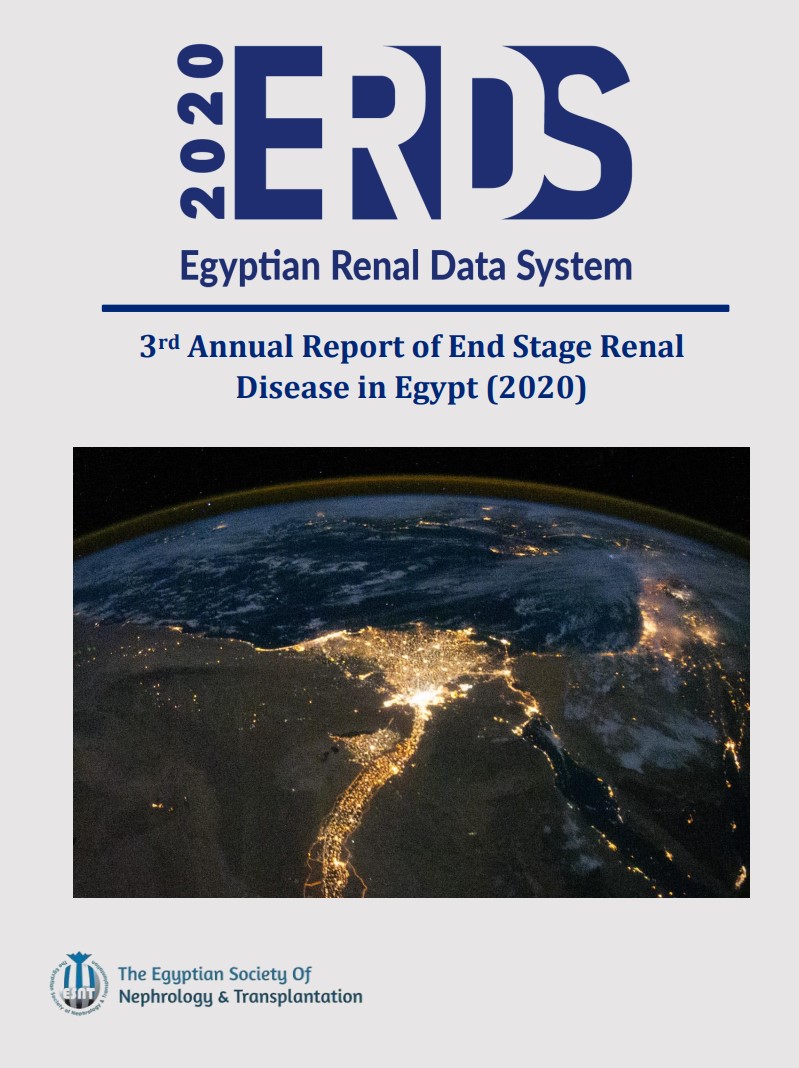Renal data registroy
The Egyptian Renal Data System (ERDS) collates data from renal centers and hospital laboratories to improve the care of patients with kidney disease Egypt
A patient registry is the collection of uniform data (clinical and others) to evaluate specified outcomes for a population defined by a particular disease or therapy (target disease or therapy) and that serves one or more predetermined scientific, clinical, or policy purposes. The resulting clinical database describes a file (or files) derived from the registry. Patient registries have common objectives. These are as follows:
- Describe the natural history of the target disease.
- Determine the clinical response and cost-effectiveness of treatments for the target disease. Monitor the safety and harm of therapeutic products and services for the target disease.
- Evaluate access to and quality of health care for the target disease.
Our aim is to establish a renal database for hemodialysis patients (as a first step) that would help in providing the optimal health care to improve quality of life and prolong survival. This can be better achieved with the collaboration of different health care authorities. ERDS was established out of the firm belief that delivering a clear picture of the incidence, prevalence, and outcomes of hemodialysis-related problems in Egypt is the needed action to identify the real magnitude of the problem. Only then, we will be able to assess the nephrology practice in different hemodialysis-related issues [e.g. anemia and chronic kidney disease (CKD)–mineral bone disease (MBD)], and excel. This would also guide to structure and develop protocols that suit our local demographics and thus help in the setting of effective treatment plans and preventive campaigns with the proper direction of resources. Moreover, data derived from patient registries is a basis for clinical research and development.
These videos show how to enter the medical data on Yashfii website








